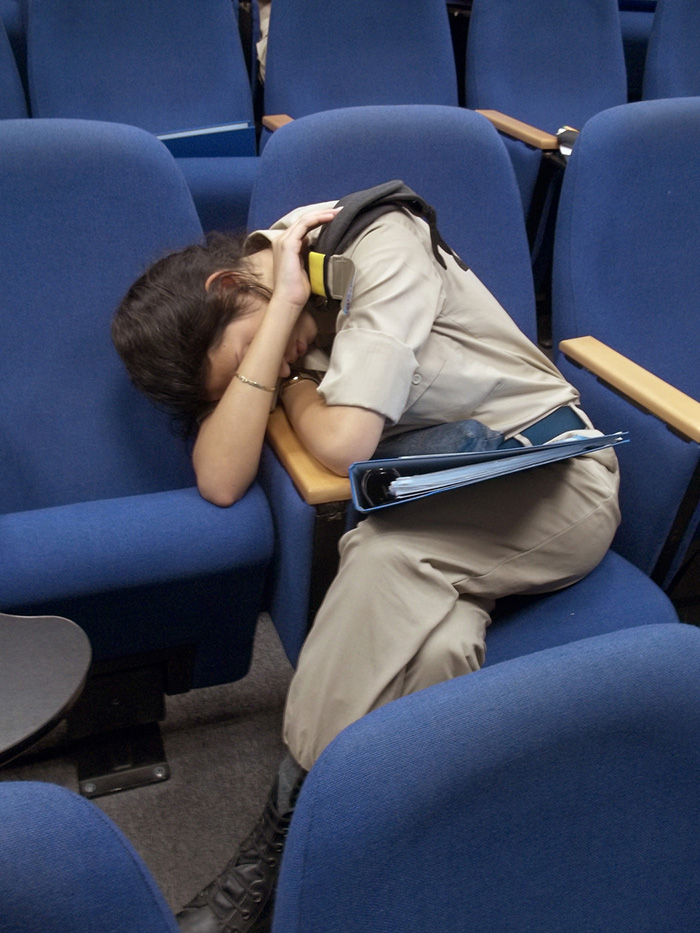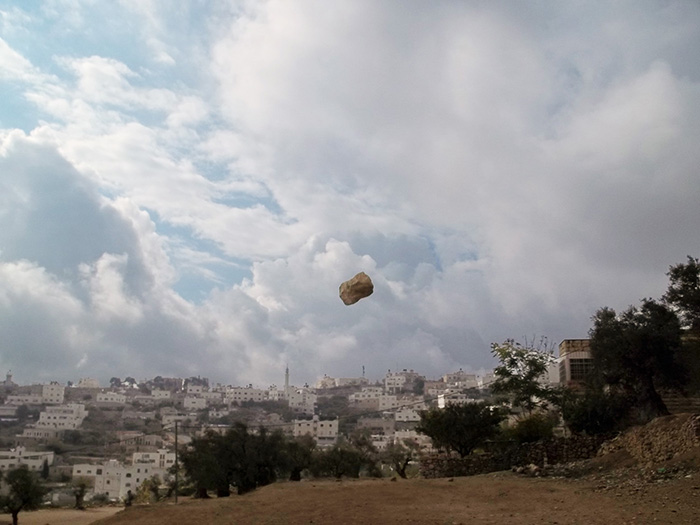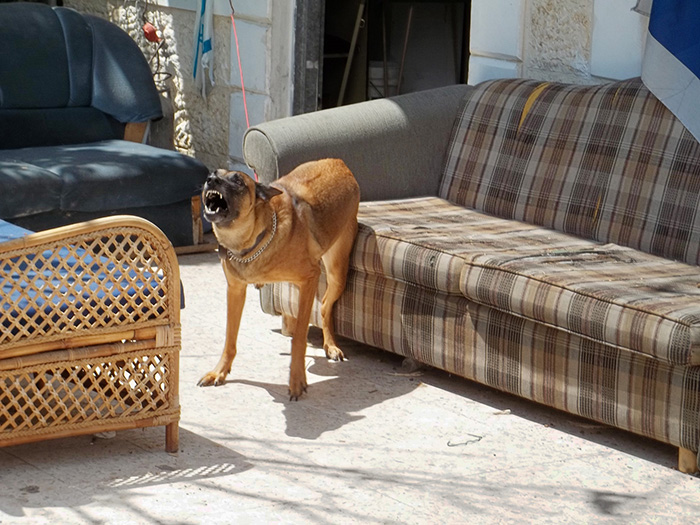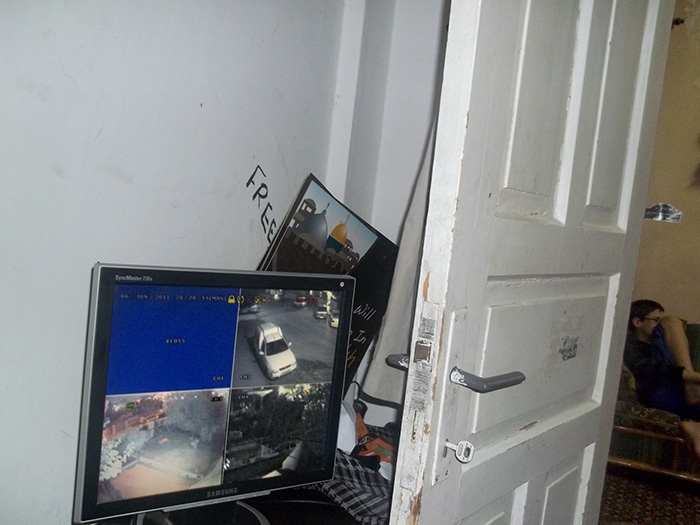This Place: an interview with Wendy Ewald
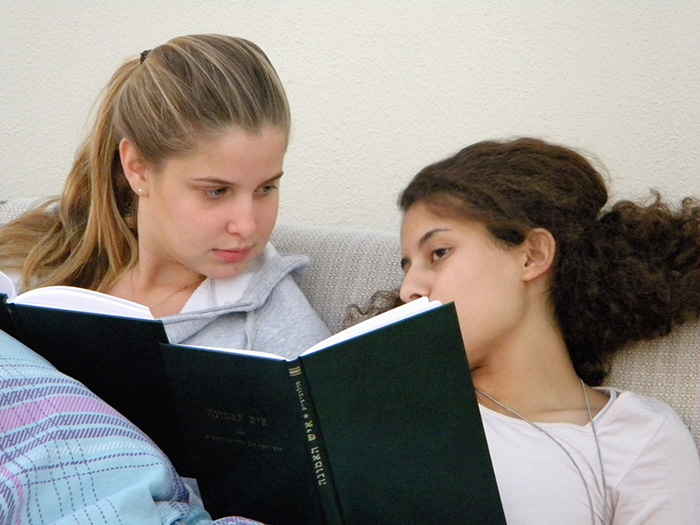
Wendy Ewald’s work often involves her subject’s participation, sometimes having children write and draw over their own portraits, other times giving the camera to someone else and having them shoot the work under her tutelage. Her new book This is Where I Live (MACK, 2015) is made in Israel and the West Bank and is part of the This Place project which incorporates the work of 12 internationally successful photographers in a single commission. This is Where I Live looks at a myriad of people living in Israel and the West Bank including Druze, Gypsies, Arab Israelis and Orthodox girls. All the groups were given cameras and instruction from Ewald to let us see what for them is the everyday.
You worked with 14 different communities in your book, how did you start a project that is so comprehensive?
Well I intended to work with just a few projects and started out in Nazareth working with kids in 2 schools, one village school and one city school. Then because I was very interested in the education system at that point and how the education system forms the state and visa versa, I decided to also work in a military academy for girls; Orthodox girls, so that’s how I started in the beginning, with these Arab Israeli children and the Jewish orthodox teenagers.
You had young people with no photographic training shooting these big open topics. What were your impressions once you started getting the pictures back? Was it anything like what you had expected?
The pictures they were making from the beginning were amazing to me and I hadn’t anticipated that. There was a different aesthetic from the Orthodox girls pictures in comparison to the younger children’s pictures in Nazareth. It was Eid and there were a lot of festivities and then with the girls there was a lot more nationalism and training but also in that there was a sensual closeness amongst them. I guess the surprise for me was that they were much more complex and interesting than I thought they might be.
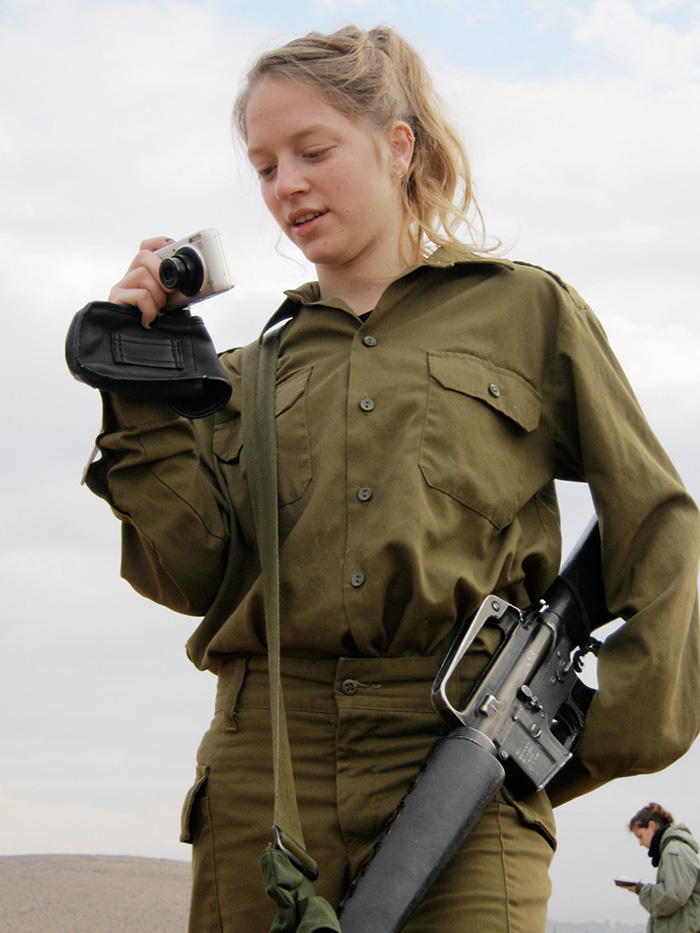
So it was these first successes that made you want to carry on and see more of the country?
Well once I had done the first ones, I didn’t know where to go initially because it seemed that they in themselves were resolved. Then other people started seeing the pictures and suggested I work in this place or that place, or why didn’t I come and work with their people that they were working with. At first that seemed overwhelming and I said ‘no no that’s alright’ and ‘thanks for asking’ and then I realised that’s ridiculous, that really I should follow what was happening. The head of social work for East Jerusalem, who had become a friend of mine, asked if I would come and work with elderly Palestinian women and also with gypsy children, both of which were groups they were working with. Then I was told of a Bedouin village and it was suggested I work in a school there and another person approached me about working with stall owners at the Jewish market in Jerusalem.
So the project grew from looking at just two institutions to a work about the whole country?
Yes, it just kept coming and I was working on 3 or 4 projects at a time; some days I was driving one end of the country to the other to see what people were doing, talking to them, downloading pictures and seeing what was working, what wasn’t and talking to them as well as helping them with what they wanted to accomplish with the pictures. At a certain point I realised I’m doing the whole country, this is an atlas in as much as I’m able and then I tried to fill in the holes, so the last project I did was working with a group of Christian children in Haifa. I had never worked that way and it was interesting to be able to look at one group at work in comparison to another and the idea you could map a country visually from the inside became interesting to me.
Do you see what you have taught people about photography during the course of this project as capable of benefitting them socially outside of the work you did with them, and is there now a consideration of the legacy that a project like this leaves behind?
There was a woman in East Jerusalem who was very reticent and was depressed; she was in the middle of Sheikh Jarrah and her and her husbands house had been taken over by settlers. She didn’t really know what she wanted to do with the camera or didn’t feel like there was anything she could do with the camera, but then she started photographing the settlers, the things that were happening right next to her and she made some amazing pictures. She was also able to use the pictures to help in her work in regaining the house in a legal way and she became a photographer who became much more, I don’t know, empowered, or at least much stronger or able to do something about her horrible situation.
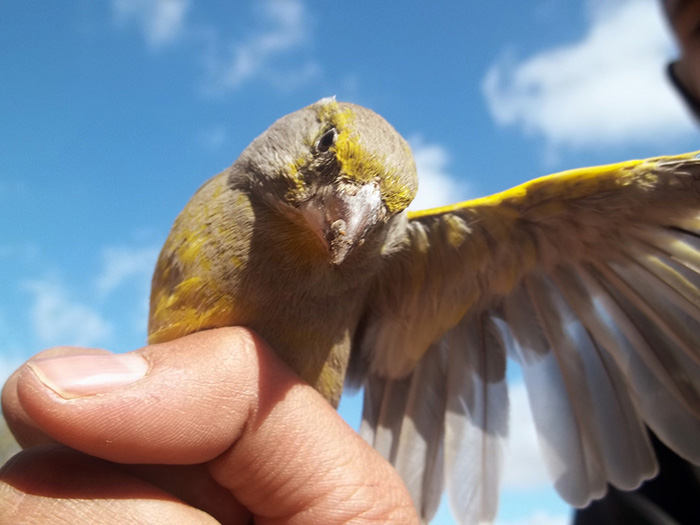
Is there a set-up in place for the people you have taught, to carry on taking photos and will you return in a few years to make follow-up books or an exhibition?
I’ve always worked to provide equipment and training in the places that I go to so that when I leave, they will do it in the way they want to which is often very different, with a different emphasis than how I’ve worked.
So you believe they will carry on but develop the project in their own way?
Well in Hebron for instance, they were very used to working with media to a certain extent but always with the focus on the politics and of the struggle; I was interested in working with the kids to look at their own lives and families and things that were more intimate. For them, that was a hard switch but they were interested and grateful, they realised that their kids needed to express themselves more personally and it was something they would carry on. I did do books for a lot of places too, so that’s something that they have and I know the Bedouin people were interested in the books, in using the books to interest people in their area, their culture, so I think there is a lot of different layers of legacy, I suppose a lot of it really is up to them and how they want to do it.
So much photography of Israel and the West Bank is of the conflict; was your interest more about giving a voice to the everyday lives of the people who lived there?
Yes absolutely, I mean that was one of the reasons I didn’t want to go there in the first place; I mean you come in to a situation with a certain black and white frame and that is so boring and it so untrue. I was worried I wouldn’t be able to get past that but as soon as I started working I could see.
You were involved with a variety of different people within your project; did any of them have a negative attitude towards the camera or photography, or have worries about how they would be represented?
Well everybody was pretty open, which I was amazed at. The only group I couldn’t get into was the orthodox community, except through these girls in military school. And they were, y’know, rebels; I wish I had gotten access but I just couldn’t, they were more aware of how they would be seen and more suspicious than anybody else I spoke to. The kids in Hebron had an idea of how they would use the camera; they were very interested in using the camera,but they had a specific way of doing it and that was interesting for me in trying to open that up a little bit. I remember the first time I went up to visit them, there was a group of guys in Youth Against Settlements; it’s an organisation and a really great programme. I came in and was introduced to them, they were watching some political film and then we left but I happened to go back to get something and they were watching soccer and immediately switched it back to the film when they saw me.
You have travelled and photographed all over the world, do you feel how people are living there is comparable to anywhere else you’ve been?
Comparable how?
Well for example I asked the same question to Rosalind (Solomon) and she made comparisons with the South African apartheid…
We would both say the same thing I guess about South Africa, also people do make those comparisons too, even there they’re tired of hearing it’s like South Africa but y’know, it’s different from South Africa in the sense that the numbers are different; the change in South Africa was inevitable but it’s not in Israel and the Westbank. When I did work in South Africa, it was with Afrikaneer kids; I also worked in Soweto at an Orange farm outside of Jo’burg, that was much more of a binary situation whereas this [the situation in West Bank] is much more complicated.
